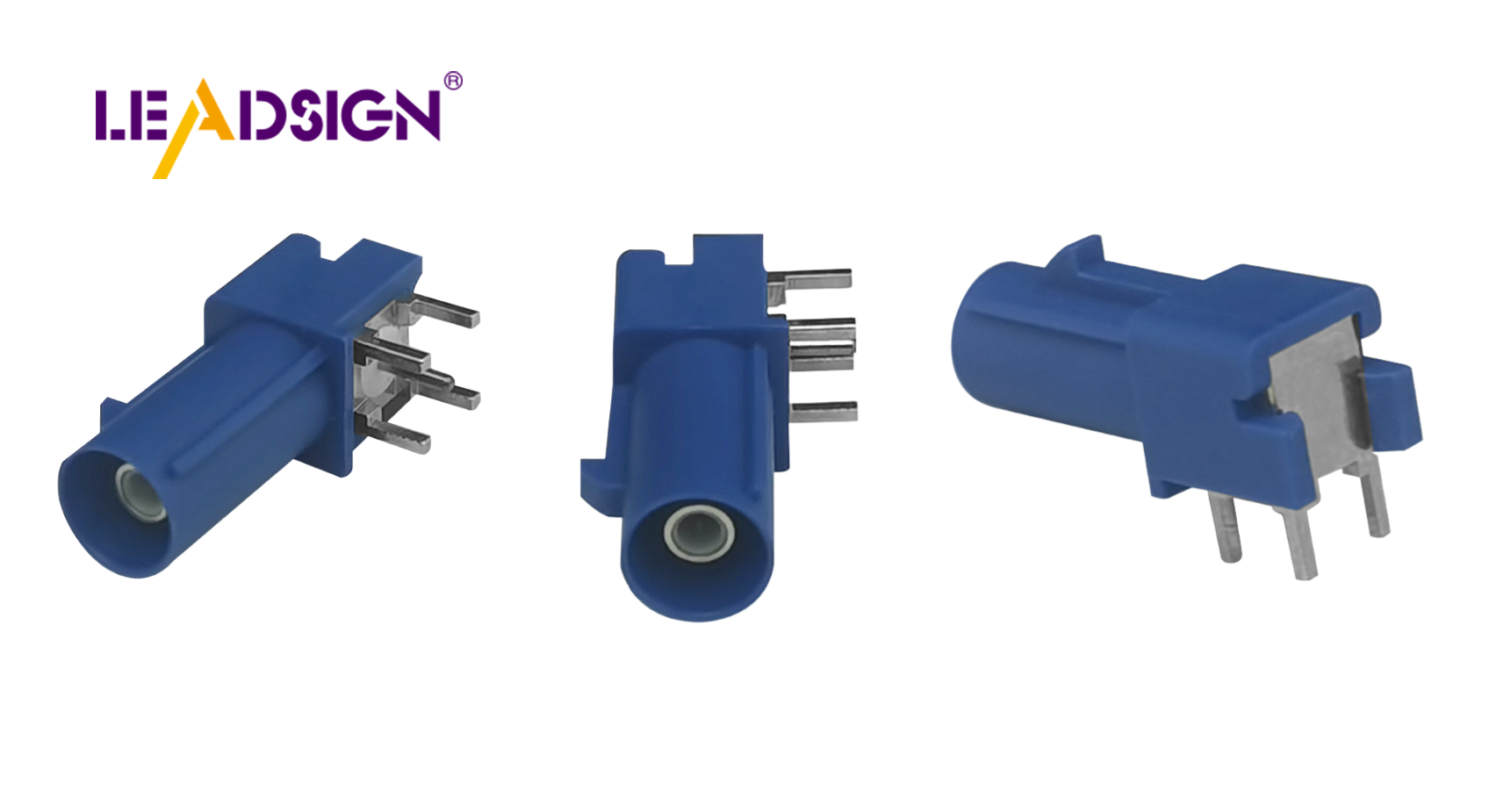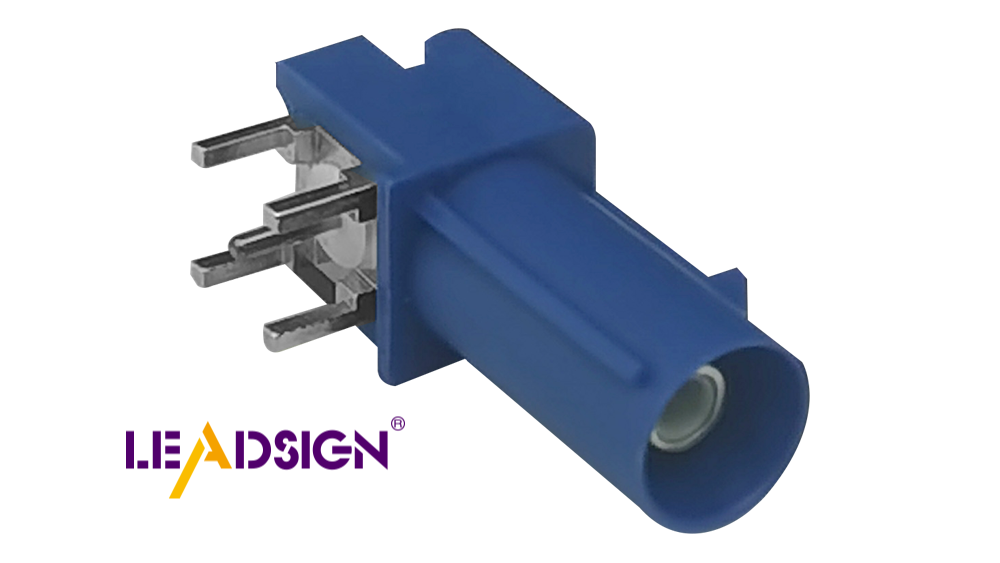How to Identify Different Automotive Wiring Connector Types

Understanding automotive electrical connectors types is crucial for maintaining and repairing vehicles. These specialized connectors play a vital role in ensuring the smooth operation of the electrical systems in cars. However, distinguishing between various connector types can be challenging. Issues like loose connections, corrosion, or damaged wires are common culprits that can lead to overheating and damage to the vehicle's electrical system. By familiarizing yourself with different automotive electrical connectors types, you can effectively address these issues and ensure optimal performance of your car.
Basic Identification of Automotive Electrical Connectors Types

Knowing different car connectors is important for fixing cars. These connectors help car parts talk to each other. Let's learn about some basic types and how to spot them.
Understanding Automotive Electrical Connectors Types
Blade Connectors
Blade connectors are very common in cars. They are simple and work well. They have a flat metal piece that fits into a slot. This makes them easy to connect and disconnect, great for places needing regular checks. You often see blade connectors in fuse boxes.
Pin Connectors
Pin connectors are also used a lot. They have pins that fit into sockets, keeping connections safe and steady. You find pin connectors in engine controls or sensors where many connections are needed. Their design keeps signals clear, which is important for car electronics.
Recognizing Connector Shapes and Sizes
The shape and size of a connector can tell you what it does and if it fits your needs.
Circular Connectors
Circular connectors are strong and easy to use. Their round shape helps them stay connected even if they get bumped or shaken. You see circular connectors in lights or power systems where strong links matter.
Rectangular Connectors
Rectangular connectors fit many connections in small spaces. They work well in complex systems like radios or GPS units. These often lock so they don’t come apart by accident, keeping the connection secure.
By learning about these basic car connector types, you can get better at fixing car electronics. Each type has its own job, so knowing their features helps pick the right one for your task.
Advanced Ways to Identify Connectors
Knowing what connectors are made of and their markings helps you tell them apart. These tips make it easier to spot differences between connectors.
Checking Connector Materials
What a connector is made from affects how strong it is. By looking at the material, you can see if it's good for certain jobs.
Plastic Connectors
Plastic ones are light and don’t rust. They work well where there’s water or chemicals. They're bendy, so they're good if you need to unplug them often. But they might melt in high heat unlike metal ones. Think about where they'll be used before picking plastic connectors.
Metal Connectors
Metal ones are strong and carry electricity well. They’re used where it gets hot or needs a tough connection. Metal lasts longer, so it's great for engines or hard places. Make sure metal connectors match nearby parts to stop rusting.
Spotting Connector Colors and Marks
Colors and marks on connectors help you know what they do. These signs show what the connector is for quickly.
Color Codes
Color codes make finding out about connectors easy. Companies use colors to show what a connector does or its power level. Red might mean power; blue could mean data line. Learn these colors to find out fast.
Maker Marks
Makers put logos or numbers on connectors. These help find details or new parts if needed. Knowing these marks gives info on what the connector can do and its limits, helping pick the right one.
By learning these ways, you’ll get better at knowing different car connectors types. Understanding materials and marks boosts your skills while keeping your car safe.
Practical Tips for Finding Connectors
Finding car connectors can be hard. But with the right tools, it's easier. Here are some tips to help you find connectors well.
Using Tools to Find Connectors
Tools help a lot in finding car connectors. They give exact readings and show how a connector works.
Multimeters
A multimeter is important for checking connectors. It checks voltage, current, and resistance. This helps you see if a connector works right. With a multimeter, you can test how good connectors are in different situations. For example, check if a connector sends the right voltage or has resistance showing an issue. This tool is key for making sure your car connectors work properly.
Connector Guides
Connector guides are useful too. They give details about different car connectors like shapes and sizes. By using a guide, you can quickly find a connector and its details. This saves time and makes sure you use the right connector for your job.
Real-Life Examples
Knowing how car connectors work in real life helps you find them better. Here are some common uses of these connectors.
Common Car Uses
Car connectors are used in many places like engine controls and lights. Blade connectors are in fuse boxes; pin ones are in sensors. Knowing these uses shows why each type matters for the car's electric system.
Fixing Connector Problems
Fixing problems is important with car connectors. Issues include loose connections or broken wires. Finding these early stops more damage to the car's electric system. If there's a loose connection, use a multimeter to check it sends the right voltage. This careful way keeps the car working well and safe.
By following these tips, you'll get better at finding car connectors types. Using tools like multimeters and guides while knowing real-life uses will boost your skills and keep your car's electric system running smoothly.
In this blog, you learned how to spot car wiring connectors. Practice often to get better. If you have trouble, ask experts or online groups for help.
"The only way to do great work is to love what you do." - Steve Jobs
To learn more, check online lessons, connector lists, and car repair forums. These will help you understand more and keep your car's electrical system working well.
See Also
Exploring HSD Connectors in Automotive Technology
Navigating Ford Fakra Connectors
The Significance of Fakra Connectors in Today's Cars

